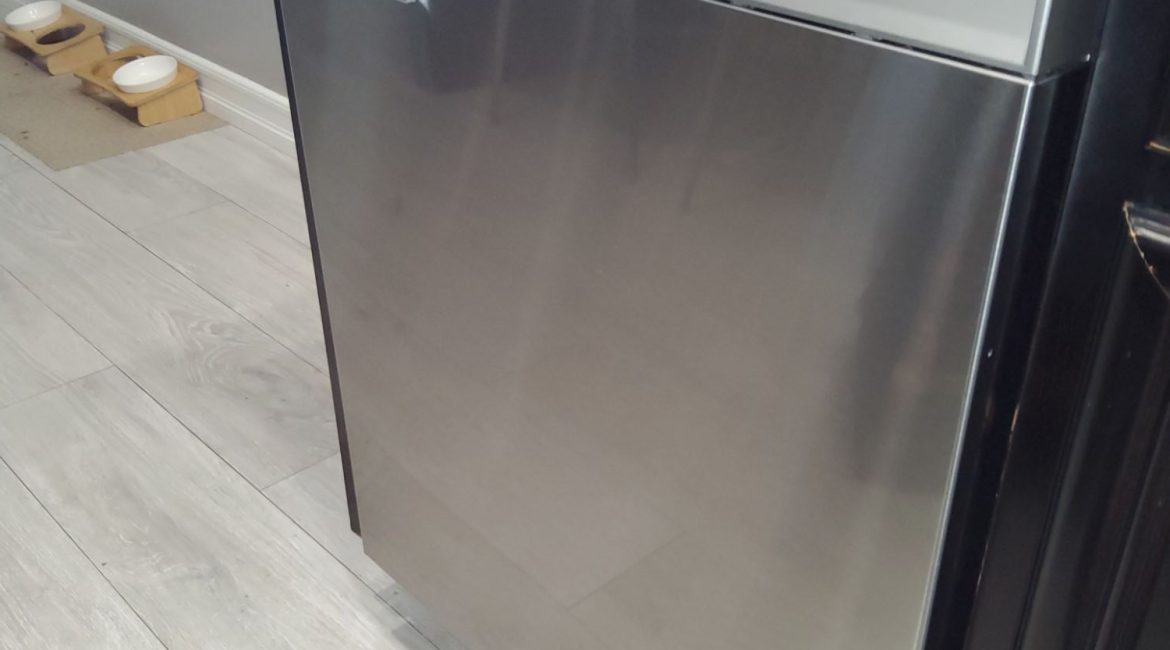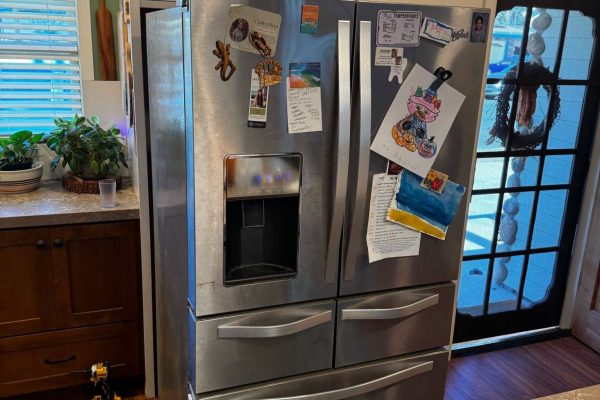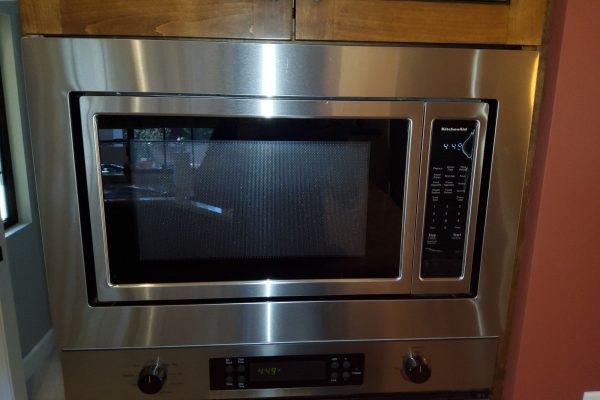A dishwasher that fails to fill with water can turn a simple cleaning task into a frustrating experience. If your dishwasher starts but no water enters the appliance, it could be due to a clogged inlet valve or a malfunctioning float switch. Understanding these issues can help you troubleshoot the problem or determine when it’s time to call in professional help.
Understanding the Dishwasher Water System
Dishwashers rely on a controlled flow of water to clean dishes efficiently. Water enters through the inlet valve, which opens when the machine begins its cycle. The float switch, located inside the dishwasher, monitors water levels to prevent overfilling. When either component fails, the appliance cannot fill with water, causing the cycle to stall.
Clogged Inlet Valve
One of the most common reasons a dishwasher won’t fill is a clogged or malfunctioning inlet valve. The inlet valve is responsible for allowing water to flow from your home’s plumbing system into the dishwasher. Over time, debris, sediment, or mineral buildup from hard water can block the valve, restricting water flow.
Signs of a clogged inlet valve include:
- No water entering the dishwasher during the cycle
- Hissing or humming noises when the dishwasher attempts to fill
- Water pressure issues elsewhere in the home
To check the inlet valve, turn off the dishwasher and water supply, disconnect the valve, and inspect it for debris or clogs. Sometimes cleaning the valve screen is sufficient to restore proper water flow. However, if the valve is damaged or worn out, it will need to be replaced.
Faulty Float Switch
Another critical component is the float switch, which acts as a safeguard against overfilling. The float switch detects the water level inside the dishwasher and signals the appliance to stop filling when the correct level is reached. If the float switch becomes stuck or defective, it may prevent water from entering the dishwasher at all.
Common signs of a faulty float switch include:
- Dishwasher cycle starts but remains dry
- The float moves freely without triggering the fill
- Intermittent filling problems
You can test the float switch with a multimeter to check for continuity. If the switch does not signal correctly, it will need replacement.
Other Potential Causes
While a clogged inlet valve and a faulty float switch are the most frequent culprits, other factors can prevent your dishwasher from filling:
- Water supply issues: Ensure the water supply valve to the dishwasher is fully open.
- Kinked or blocked hoses: Check hoses leading to the dishwasher for kinks or obstructions.
- Door latch problems: A dishwasher won’t fill if the door latch isn’t properly engaged, as this is a safety feature.
- Control board malfunction: In rare cases, a faulty electronic control board may fail to send the signal to open the inlet valve.
DIY Troubleshooting Tips
Before calling a professional, you can perform a few basic checks:
- Ensure the water supply is on and the hose is not kinked.
- Inspect the inlet valve for visible clogs or debris.
- Test the float switch for free movement.
- Confirm the door is closing and latching properly.
However, be cautious when attempting repairs, as dishwasher components involve both electrical connections and water supply lines. Improper handling can cause further damage or safety hazards.
When to Call a Professional
If basic troubleshooting does not resolve the issue, it’s time to call in a professional appliance repair service. Technicians have the tools and expertise to identify the root cause, whether it’s a clogged inlet valve, faulty float switch, or more complex electrical problem. Attempting a DIY repair beyond simple inspections can be risky and may void warranties.
Preventive Measures
To minimize the risk of water fill problems in the future:
- Regularly clean your dishwasher’s filter and inlet valve.
- Use water softeners if you have hard water to reduce mineral buildup.
- Inspect the float switch periodically for smooth movement.
- Avoid overloading the dishwasher, which can strain internal components.
A dishwasher that won’t fill with water disrupts your kitchen routine, but the problem is often traceable to a clogged inlet valve or a faulty float switch. While minor issues like debris in the valve may be fixed at home, professional service ensures that the appliance operates safely and efficiently.
For reliable repair and maintenance, contact Oceanside Appliance Service Center. Our trained technicians can quickly diagnose and fix your dishwasher, restoring full functionality and peace of mind. Don’t let a dishwasher malfunction slow you down—schedule a service today.
Contact us


